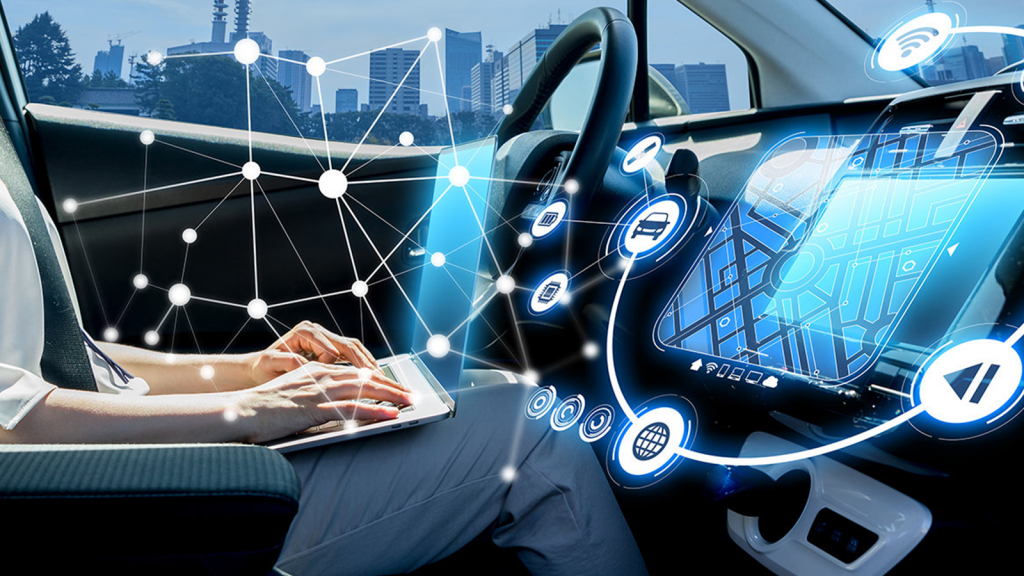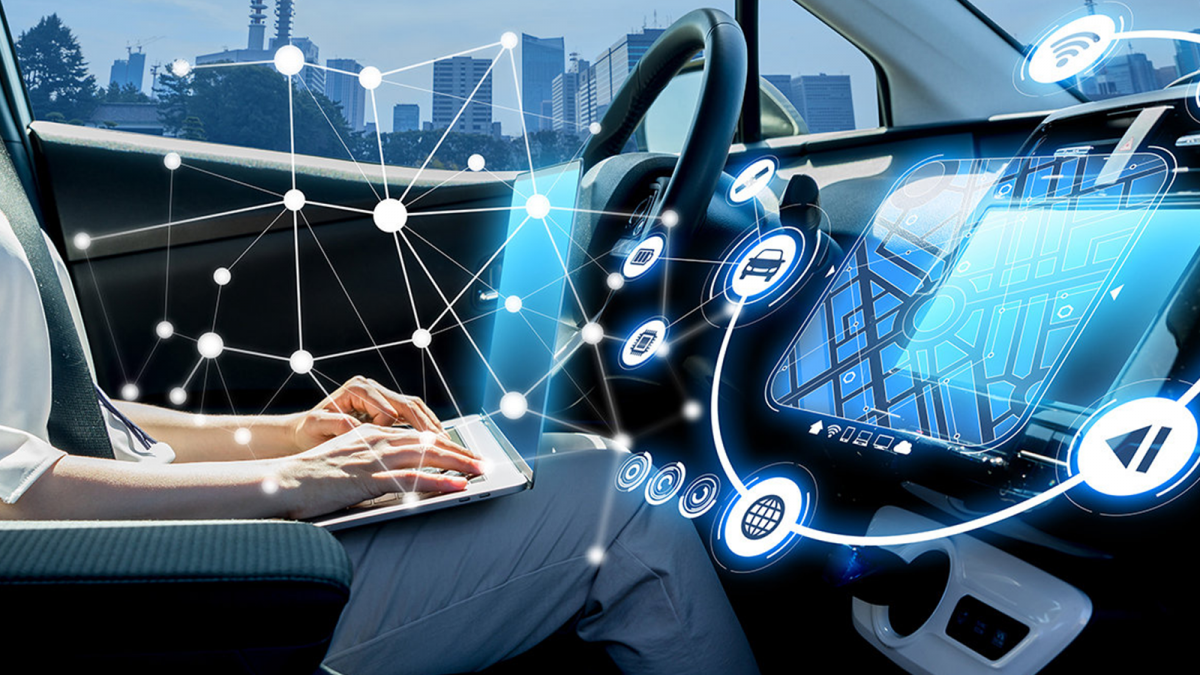With the modernization and over population the resource utilization is enhancing frequently and soon we will see the replenishment of the utility resources. Innovations and inventions in every sector and area have led to some advantages and disadvantages. Today we will talk about the digital innovations to overcome or avoid chances of collision which might result in serious mishaps. There are various methods which verifies safety like the Hamilton-Jacobi method which is used to provide safety assurance from collision. Here we will put some light on the power of trajectory which will propose a framework for prediction based reachability by using computing safety controllers.
The use of safety controller is based on various parameters like :
- Implementation Mode
- Conservative Action Set
- Trajectory Prediction
- Proposed Mode
- Predicting Classifier
- Deploy Safety Controller
- Simulations in T-intersection

Various Adaptive Automated Surrogate Modelling :
With the help of AEB and ACC the Department of Transportation Safety Pilot Model Deployment database is running effectively and helpful in demonstrating or evaluating the collision avoidance reliability by using in house built Advanced Driver Assist Systems.
ACC is a control automatically provided to adjust the speed and distance from the vehicle going ahead. It is facilitated by cruise control advanced driver assistance systems and in 2019 was represented with 20 different names based on functionality. Control Sensor is the primary source of information regulated by radar, laser and camera to detect the car approaching another vehicle. This technology is the face of future intelligent car generation. Level 1 autonomous cars (self assist) are the best examples of autonomous cruise control vehicles in combination with another driver assist feature (Lane centering) called Level 2 autonomous car.
AEB is a system which can identify potential forward collision and by applying vehicle braking actively can de-accelerate the mitigating collision. They provide an alert or warning to the driver by detecting the impending collision through sensors and efficiently function without the presence of the driver even. At low speed collision can be avoided by applying braking, at higher speed collision can be avoided by steering (is a new concept) depending upon the clearance of the lane.
There are three main collision warning :
- Autonomous
- Emergency
- Braking
In order to avoid collision reliability analysis method is equipped with autonomous emergency braking (AEB) & adaptive cruise control (ACC) and this method is consist of two elements named :
Model Based Reliability Analysis – After Uncertainty Modelling method an adaptive surrogate modelling method is opted for active learning function effectively and precisely to avoid collision avoidance reliability
Uncertainty Modelling of Traffic Conditions – In this method to capture complicated correlations we use real world data with different variables and a newly developed Gaussian mixture copula (GMC) method is implemented to showcase uncertainty in road traffic conditions.
Road Transport Through Lane Departure :
In this mechanism, warnings are given to the drivers to move out of its lane to minimize the accidents by any means like distractions, error and drowsiness etc. Depending upon National Highway Traffic Strategy Administration there are three types of departure warning systems
- Systems to warn the driver if leaving its lane
- Systems to warn the driver with no response to lane
- Systems to assist oversteering and taking take over in challenging situations
